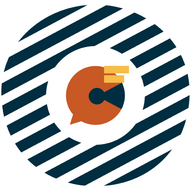Interpersonal Communication OER
(View Complete Item Description)This is for a lower division Interpersonal Communications course. This is for use with an OER Textbook called Interpersonal Communication: A Mindful Approach to Relationships that was written by others. There are links to the OER textbook, Student Workbook and Instructor's Manual. All three are OERs with separate licenses (please respect their OER license). Andersen does not claim ownership of any of the works, they merely curated and organized this shell. Feel free to use however you wish, continue to improve it, and please share your work with others in the community. Andersen released the course as CC0, but notes that it is built around a CC-BY-NC-SA text and incorporates resources with divergent copyright permissions. Please be mindful as you adopt and adapt.
Material Type: Full Course




















